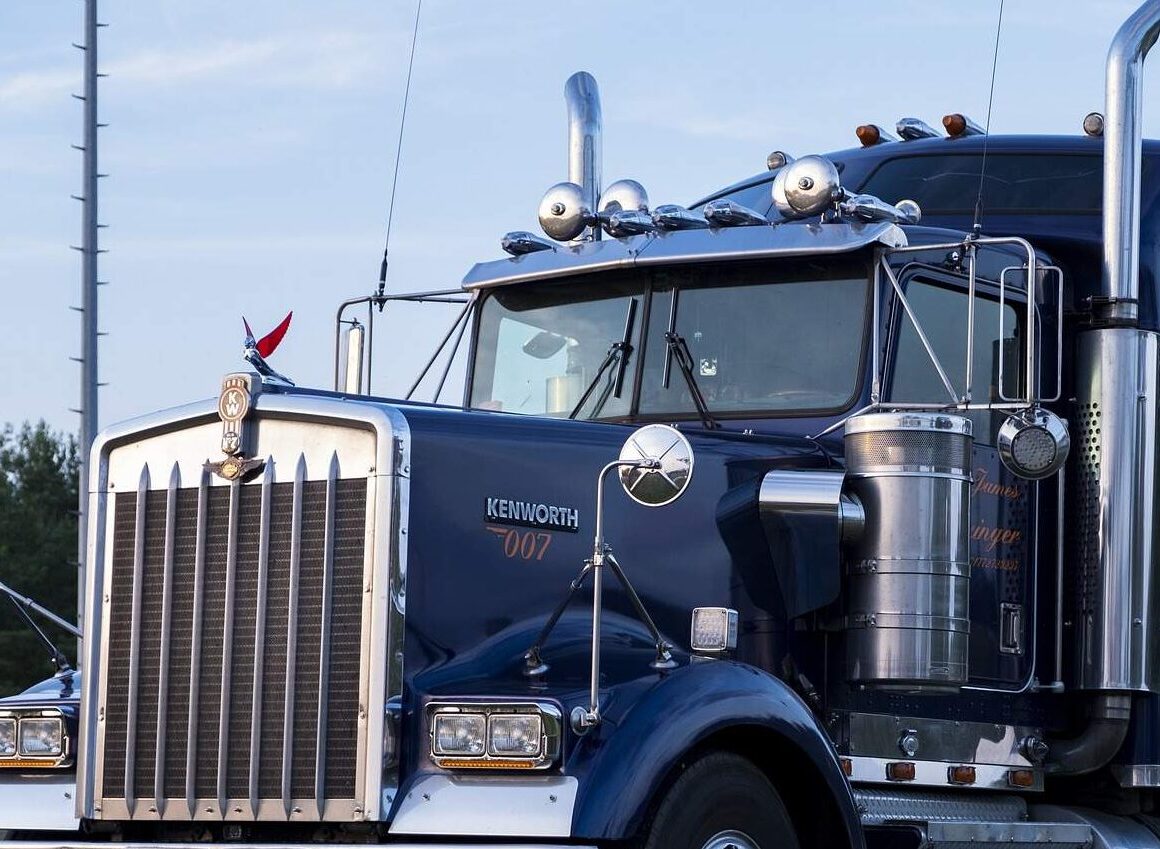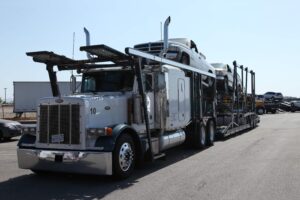Tens upon hundreds of owner-operators, drivers and truckers have been very critical of the Federal Motor Carrier Safety Administration. All in specific regards to their decision to allow commercial vehicles to be loaded up with electronic identification technology. Only accessible by law enforcement where the truck has been parked or in motion.
Electronic CMV IDs are indeed beneficial but only for the police. All to specify focus on “high-risk carriers and drivers.” This goes back as far as last month, when, on September 23rd, the FMCSA had published Advance Notice of Proposed Rulemaking (ANPRM). All while the trucking community can handle in their own opinions on the perspective of whether commercial vehicles should wirelessly communicate a unique ID number, when asked by federal or state motor carrier safety personnel.
FMCSA allows for the public to talk about several aspects of the CMV electronic identification rule, like whether technology in the ELDs can use it for good purpose, cost considerations and even privacy, as well as health or coercion concerns. Additional areas that would draw plenty of critique from commenters also involve when commenters had been asked about cybersecurity issues, the number of trucks with electronic ID technology and any impact of electronic identification numbers on highway safety. Drivers of all walks have given their perspective about CMV Electronic Identification Rules.
Many commenters have been vividly against the rule with the whole reach of it being beyond the federal government.
Comments have involved varied responses. Among these big comments include “This is another outlandish proposal that will not result in increased road safety for ANY American.” , “Why it does it seems like our industry is being over regulated? You are making it harder for people to earn a living.” and “There is already more technology in the trucking industry than is necessary, and unnecessary technology will be, and is, abused.”
The CVSA has at least a level 8 electronic inspection to require the capture of how the truck handles “GPS coordinates, information about the driver… Are they licensed to drive the class of vehicle they’re in, do they have their medical? Hours of service information — are they current, is it up to date? Skill Performance Evaluation Certificate — does it meet the requirements? On the vehicle — DOT number, registration. UCR: is it current? What is the operating authority, and does the carrier currently have federal out of service violations?”
The FMCSA has published the ANPRM to show how law enforcement uses tech usually funded by federal grant dollars in order to electronically identify a CMV, verify the size, weight and credentials information in order to review the carrier’s safety performance meanwhile the vehicle can be in motion. Also, therefore communicating safely to the driver to pull or bypass the roadside inspection station.






